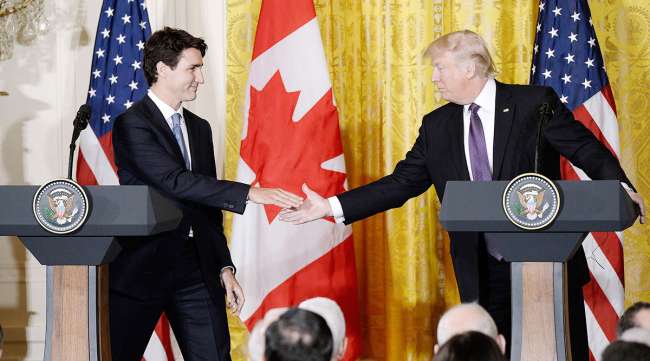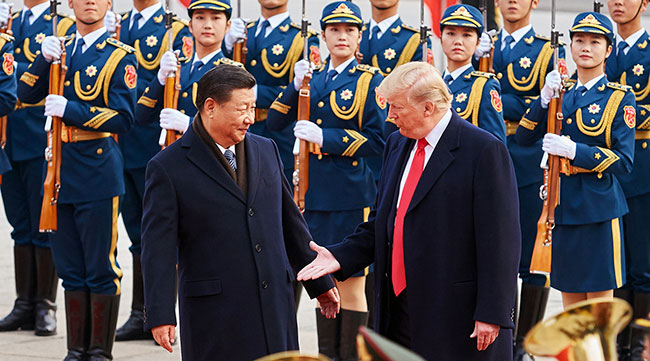US Exports Competitive in NAFTA Countries While Losing Ground in China

The prices U.S. producers get for their exports in Latin America and Canada rose this year, relative to the cost of goods imported to the United States, the Bureau of Labor Statistics said March 21. At the same time, prices for American-made goods sold in China and Japan fell.
The value of U.S. exports to Latin America and Canada increased by 2.6% and 2.5%, respectively between February 2018 and 2019, compared with the value of imports to the United States. BLS’ indicator, the terms of trade index, measures the competitiveness of U.S. goods in the global market. The index increases as the value of U.S. exports rises relative to imports to the United States from other countries.
The increase is good news for Houston and for Texas, where strong prices for goods in foreign markets should help domestic producers, as long as foreign buyers do not find cheaper alternatives.
“Mexico is by far the No. 1 trading partner for Texas,” said Raymond Robertson, director of the Mosbacher Institute for Trade, Economics and Public Policy at Texas A&M University. “When Mexico increases its purchasing power, that translates to jobs for Texans.”

Chinese President Xi Jinping and President Donald Trump
With trading relationships with more than 200 countries, according to the Greater Houston Partnership, Houston’s economy is deeply intertwined with global trade and foreign investment. The Brookings Institution estimated in 2017 that more than 17% of the region’s economy was tied to exports, supporting more than 330,000 jobs.
In Texas, the automobile and energy sectors are tied most tightly to Mexico’s economy, Robertson said. The stronger value of U.S. goods sold in Mexico and other Latin American countries is a good sign for those industries.
Such international trade is dependent in large part on currency fluctuations and political uncertainty, which can affect countries’ trade behavior, Robertson said. Hanging over trade relations between the United States and its Latin American trading partners is the fate of the trade pact intended to update NAFTA.
President Donald Trump, a longtime critic of NAFTA, signed a new trade deal with Canada and Mexico at the end of November, but it still is awaiting approval from Congress. At the time of the agreement among the countries’ respective leaders, Canadian Prime Minister Justin Trudeau referred to it as the “new” NAFTA.
“Ever since Mr. Trump started saying nasty things about NAFTA and Mexico, a lot of American, Canadian and Mexican businesses have simply been slowing,” said David Gantz, a fellow in trade and international economics at Rice University’s Baker Institute for Public Policy. “They don’t hire as much, they don’t invest as much, because they’ve been very confused as to what’s going to happen [with the trade agreement].”
Congratulations @Toyota! BIG NEWS for U.S. Auto Workers! The USMCA is already fixing the broken NAFTA deal. https://t.co/f9iHprPk5B — Donald J. Trump (@realDonaldTrump) March 14, 2019
While trade with Latin America was strong, the value of U.S. goods sold by American producers in China and Japan decreased, sending the terms of trade index with those countries falling 1.8%and 2.4%, respectively.
The president imposed tariffs on China nearly two years ago, starting a trade war between the global powerhouse economies that has affected everything from steel manufacturers in Houston to plastic shipments. Most recently, Trump said tariffs may stay for a “substantial period” of time.
Experts also theorized that the terms of trade index fell for China because the country’s economy is slowing, reducing its demand for U.S. goods.
“The [Chinese] government and individuals are just not buying as much stuff,” Gantz said. “The world economy, except for the U.S., is not doing very well.”
Distributed by Tribune Content Agency, LLC



